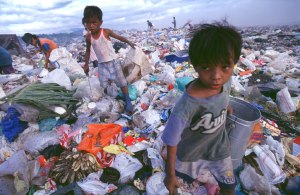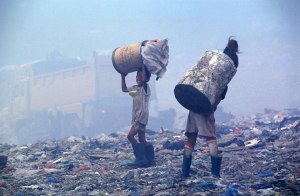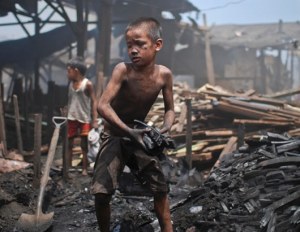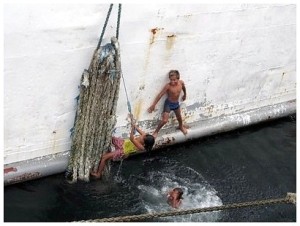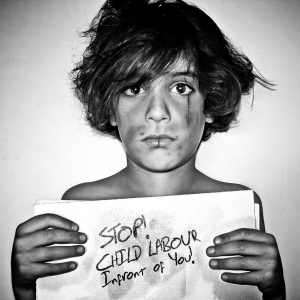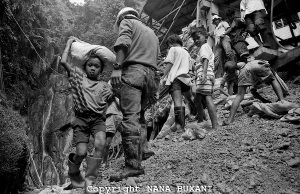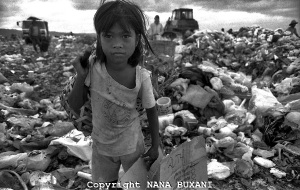Child labor is often defined as work that deprives children of their childhood, their potential and their dignity, and that is harmful to physical and mental development. It affects them mentally, physically, socially or morally dangerous and harmful to children and it hinders with their schooling. In worst cases, at a very early age, child labor involves children being enslaved, separated from their families, exposed to serious hazards and illnesses and/or left to fend for themselves on the streets of large cities.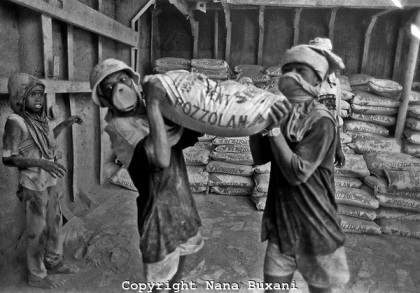
Those were the reasons we should fight against the alarming situation of child laborers. The Philippines launched a nationwide campaign against intolerable practice of child labor. “The Batang Malaya: Child labor free Philippines” is the country’s response for new action towards the global deadline of ending the worst forms of child labor by 2016.
We have to do something to stop child labor. We must pity those children who sacrifice their lives, rights and freedom.
by: Ady Faye Abunto
References:
